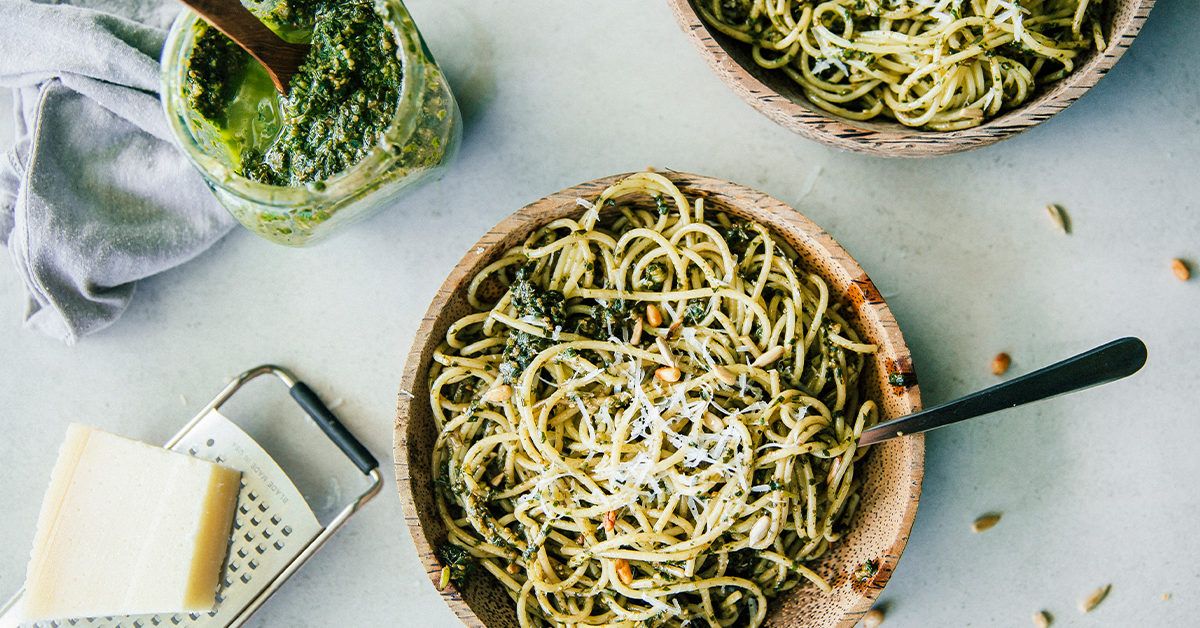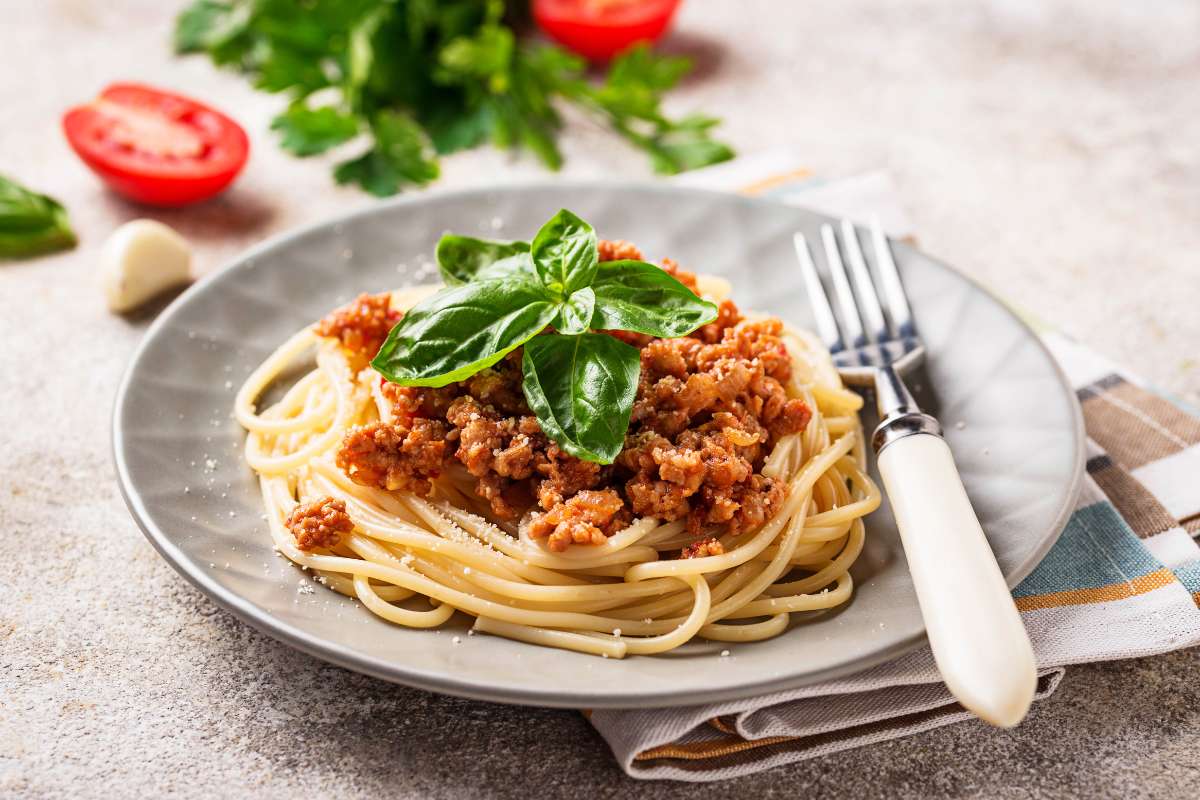Spaghetti, a beloved staple in many households, often leaves us with leftovers. But how long can you safely keep that leftover spaghetti in the fridge? In this comprehensive guide, we’ll explore the shelf life of spaghetti, how to properly store it, and tips for maximizing its freshness.
Understanding Spaghetti Shelf Life

Spaghetti, like many cooked foods, has a limited shelf life in the fridge. While it’s tempting to stretch those leftovers over several days, it’s crucial to adhere to food safety guidelines to avoid potential foodborne illnesses.
Ingredients and Composition
The composition of the spaghetti dish plays a significant role in determining its shelf life. Spaghetti dishes can vary widely, from plain pasta to complex sauces with meat and vegetables.
- Plain Spaghetti: Simple spaghetti without any sauce or additional ingredients tends to have a longer shelf life compared to dishes with perishable components.
- Spaghetti with Meat Sauce: Spaghetti dishes containing meat are more prone to spoilage due to the presence of protein-rich ingredients, which provide an ideal environment for bacterial growth.
- Sauce Characteristics: The type of sauce used can also impact shelf life. Tomato-based sauces, for example, contain acidity, which can help preserve the sauce for a longer period compared to dairy-based sauces.
Microbial Growth and Spoilage
Microorganisms such as bacteria, yeast, and mold are ubiquitous in the environment and can quickly multiply in food under favorable conditions. Understanding the factors that promote microbial growth can help in determining the shelf life of spaghetti dishes.
- Temperature: Temperature control is critical in inhibiting microbial growth. Storing spaghetti at temperatures above 40°F (4°C) can accelerate spoilage, while refrigeration slows down microbial activity, extending the shelf life of the dish.
- Moisture Content: Moisture content influences the growth of microorganisms. Spaghetti dishes with higher moisture levels, such as those with ample sauce, are more susceptible to spoilage compared to drier dishes.
- pH Level: The acidity level of the spaghetti sauce can affect microbial growth. Acidic sauces, such as those containing tomatoes, create an inhospitable environment for many pathogens, thus extending the shelf life of the dish.
Packaging and Storage Conditions
Proper packaging and storage conditions are essential for preserving the freshness and quality of leftover spaghetti dishes.
- Airtight Containers: Storing spaghetti in airtight containers helps prevent moisture loss and exposure to air, which can accelerate spoilage. It also helps retain flavors and prevents the absorption of odors from other foods in the refrigerator.
- Refrigeration: Refrigeration slows down enzymatic and microbial activity, extending the shelf life of spaghetti dishes. It’s important to promptly refrigerate leftover spaghetti within two hours of cooking to minimize the risk of bacterial contamination.
- Avoid Cross-Contamination: Cross-contamination can occur when cooked spaghetti comes into contact with raw meat or other potentially hazardous foods. It’s essential to store spaghetti dishes separately from raw ingredients and to use separate utensils and cutting boards to prevent contamination.
USDA Guidelines for Leftovers

Importance of Following Guidelines
Leftovers, including spaghetti dishes, can pose a risk of foodborne illness if not handled and stored properly. Following USDA guidelines helps mitigate this risk by providing clear recommendations for safe food handling practices.
Recommended Consumption Window
The USDA recommends consuming leftovers within a specific timeframe to ensure food safety and quality. For most cooked foods, including spaghetti dishes, the recommended consumption window is 3-4 days.
Temperature Considerations
Proper temperature control is crucial for preventing bacterial growth and preserving the freshness of leftovers. The USDA advises refrigerating leftovers promptly, ideally within two hours of cooking, and storing them at a temperature of 40°F (4°C) or below.
Preventing Cross-Contamination
Cross-contamination occurs when harmful bacteria from raw or contaminated foods are transferred to cooked or ready-to-eat foods. To prevent cross-contamination, it’s essential to store leftovers in separate containers from raw ingredients and to use separate utensils and cutting boards for handling cooked and raw foods.
Reheating Safety
When reheating leftovers, it’s important to ensure that they reach a safe internal temperature to kill any potential bacteria. The USDA recommends reheating leftovers to an internal temperature of 165°F (74°C) before consuming.
Monitoring Signs of Spoilage
Even when following USDA guidelines, it’s important to be vigilant for signs of spoilage in leftovers. If leftovers develop an off odor, unusual texture, or signs of mold growth, they should be discarded to prevent foodborne illness.
Educating Consumers
The USDA plays a vital role in educating consumers about safe food handling practices, including the proper handling and storage of leftovers. By disseminating clear guidelines and recommendations, the USDA helps empower consumers to make informed decisions about food safety.
How Long Does Spaghetti Last in the Fridge?

Plain Spaghetti
Plain spaghetti, cooked without any sauce or additional ingredients, typically has a longer shelf life compared to spaghetti dishes with perishable components. When stored in the fridge in airtight containers or sealed bags, plain spaghetti can last for approximately 5 days before it starts to lose its freshness and flavor.
Spaghetti with Sauce
Spaghetti dishes with sauce, whether it’s a simple marinara or a rich meat sauce, have a shorter shelf life due to the presence of moisture and perishable ingredients. Spaghetti with meat sauce, for example, can typically last for about 4 days in the fridge before it becomes susceptible to spoilage. It’s essential to store these dishes properly in shallow airtight containers to maintain their quality.
Factors Affecting Shelf Life
Several factors influence how long spaghetti lasts in the fridge:
- Ingredients: The presence of perishable ingredients like meat, dairy, and vegetables can shorten the shelf life of spaghetti dishes.
- Moisture Content: Spaghetti dishes with higher moisture levels, such as those with generous amounts of sauce, tend to spoil more quickly than drier dishes.
- Temperature: Refrigeration slows down bacterial growth and enzymatic activity, extending the shelf life of spaghetti dishes. It’s crucial to store leftovers at a temperature of 40°F (4°C) or below to prevent spoilage.
Proper Storage Techniques
Proper storage is key to extending the shelf life of leftover spaghetti dishes:
- Airtight Containers: Use airtight containers or heavy-duty freezer bags to store leftover spaghetti in the fridge. This helps prevent moisture loss and exposure to air, which can accelerate spoilage.
- Refrigeration: Promptly refrigerate leftover spaghetti within two hours of cooking to minimize the risk of bacterial contamination. Store it on the refrigerator’s middle shelves, where temperatures are most consistent.
- Avoid Overcrowding: Avoid overcrowding the fridge to ensure adequate airflow around the containers, which helps maintain proper temperatures and prolongs the shelf life of spaghetti dishes.
Monitoring Quality
While spaghetti dishes can last for several days in the fridge, it’s essential to monitor their quality regularly. Signs of spoilage include off odors, unusual texture, or mold growth. If you notice any of these signs, it’s best to discard the leftovers to avoid the risk of foodborne illness.
Proper Storage Techniques

Container Selection
- Airtight Containers: Opt for shallow airtight containers or heavy-duty freezer bags to store leftover spaghetti. These containers help prevent moisture loss and exposure to air, which can lead to faster spoilage.
- Avoid Oversized Containers: Using oversized containers may seem convenient, but excess air inside the container can accelerate spoilage and lead to freezer burn. Select containers that are just large enough to accommodate the leftover spaghetti without leaving too much empty space.
Refrigeration
- Prompt Refrigeration: Refrigerate leftover spaghetti promptly, ideally within two hours of cooking. Bacterial growth accelerates at room temperature, so it’s essential to minimize the time that the spaghetti spends outside of the fridge.
- Optimal Temperature: Store leftover spaghetti in the refrigerator at a temperature of 40°F (4°C) or below. Keep the fridge temperature consistent by avoiding frequent opening and closing of the door, which can cause fluctuations in temperature.
- Middle Shelves: Store leftover spaghetti on the middle shelves of the refrigerator, where temperatures are most consistent. Avoid placing it near the door or in the refrigerator’s warmest spots, such as near the top or bottom shelves.
Avoid Cross-Contamination
- Separate Containers: Store leftover spaghetti separately from raw ingredients, especially raw meat, poultry, and seafood. Use separate containers, utensils, and cutting boards to avoid cross-contamination between cooked and raw foods.
- Seal Properly: Ensure that leftover spaghetti containers are tightly sealed to prevent any liquids or odors from leaking out and contaminating other foods in the fridge.
Monitoring and Reheating
- Check for Spoilage: Regularly inspect leftover spaghetti for signs of spoilage, such as off odors, unusual texture, or mold growth. If you notice any of these signs, discard the leftovers immediately to prevent foodborne illness.
- Reheat Safely: When reheating leftover spaghetti, ensure that it reaches an internal temperature of 165°F (74°C) to kill any potential bacteria. Use a microwave, stovetop, or oven to reheat the spaghetti thoroughly before consuming.
Tips for Maximizing Freshness

Here are some additional tips to help you maximize the freshness of leftover spaghetti:
Reheating Methods
- Microwave: Reheating in the microwave is convenient and quick. Place the spaghetti in a microwave-safe dish, cover with a microwave-safe lid or plastic wrap, and heat on high for 1-2 minutes, stirring halfway through. Check the internal temperature to ensure it reaches 165°F (74°C).
- Stovetop: Reheating spaghetti on the stovetop allows for more even heating and better control over texture. Place the spaghetti in a saucepan over medium heat, add a splash of water or broth to prevent drying out, and stir frequently until heated through.
- Oven: For larger portions or baked spaghetti dishes, reheating in the oven can help retain moisture and prevent sogginess. Preheat the oven to 350°F (175°C), place the spaghetti in an oven-safe dish, cover with foil, and bake for 20-30 minutes or until heated through.
Flavor Enhancements
- Herbs and Spices: Sprinkle freshly chopped herbs or a dash of dried spices like basil, oregano, or red pepper flakes over the spaghetti before reheating for added flavor.
- Cheese: Grate some Parmesan, Pecorino Romano, or mozzarella cheese over the spaghetti before reheating to infuse it with richness and depth of flavor.
- Olive Oil: Drizzle a bit of high-quality extra virgin olive oil over the spaghetti after reheating to add richness and enhance the overall mouthfeel.
Texture Maintenance
- Sauce Separation: If the spaghetti sauce has separated during storage, gently stir it before reheating to distribute the ingredients evenly and restore the sauce’s consistency.
- Al Dente Pasta: Cook the spaghetti to al dente (firm to the bite) initially to prevent it from becoming too soft when reheated. This helps maintain the pasta’s texture and prevents it from turning mushy.
- Splash of Water: Add a splash of water or broth to the spaghetti before reheating to prevent it from drying out, especially if it’s been stored without much sauce.
Portion Control
- Individual Servings: Divide the leftover spaghetti into individual serving portions before storing them in the fridge. This makes it easier to reheat only what you need, minimizing food waste and preserving freshness.
- Reheating Freshly: Reheat leftover spaghetti in small batches as needed rather than reheating the entire batch at once. This ensures each serving maintains its freshness and flavor.
Conclusion
Leftover spaghetti can be a convenient meal option, but it’s essential to understand its shelf life and proper storage techniques to avoid food waste and ensure food safety. By following USDA guidelines, selecting suitable storage containers, and maintaining proper temperatures, you can enjoy leftover spaghetti safely and deliciously. Remember to consume leftovers within the recommended timeframe and use your senses to detect any signs of spoilage. With these tips in mind, you can make the most of your spaghetti leftovers while minimizing the risk of foodborne illnesses.

